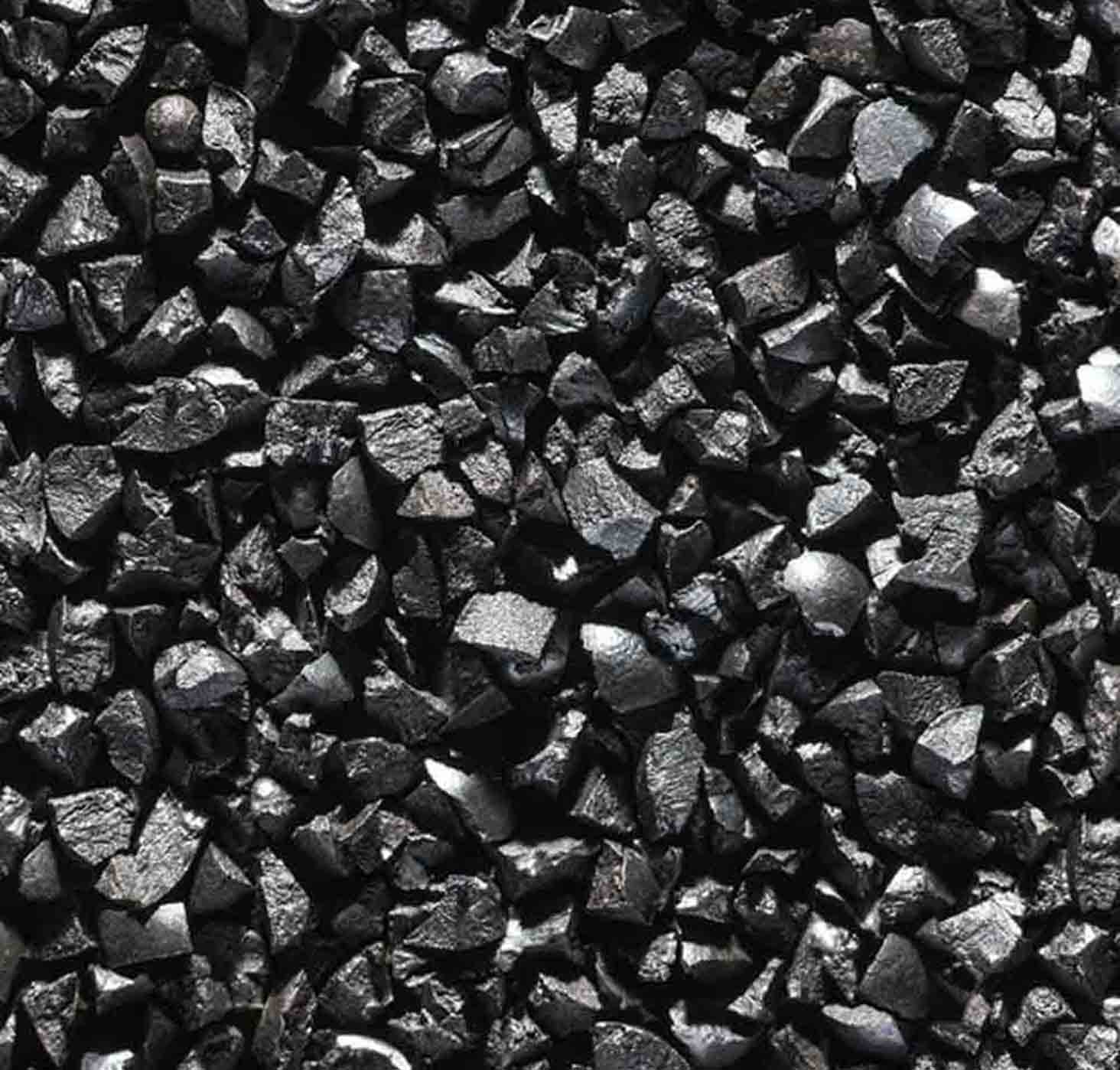
High Carbon Steel Grit
Around 85% of the world’s abrasive manufacturers produce martensitic materials, while the remaining 15% consists of cast iron, stainless steel, and bainitic structures. Martensitic structure is the most common production method and represents the latest technology. High carbon steel balls are produced by adding extra carbon, manganese, and silica to the raw material, melting at 1600 – 1650 °C in an induction furnace, and cooling in water after atomization. After casting, the balls are annealed at specific temperatures in annealing furnaces and quenched in water to form a martensitic structure, reaching a hardness of around 63 HRC. Martensitic steel balls and grits can be tempered in tempering furnaces to reduce hardness from 63 HRC to as low as 40 HRC.
In sandblasting, the steel ball and grit hardness must be at least 3–5 HRC higher than the surface being blasted to achieve the desired level of cleanliness and roughness quickly and efficiently. Using lower hardness balls increases blasting time and reduces cleaning efficiency, leading to increased labor and energy consumption. Abrasive materials account for only 15% of the total sandblasting process cost, while the remaining 85-90% consists of labor and energy costs. Therefore, selecting materials with the appropriate hardness and grain size is crucial for controlling process costs. Martensitic structure allows production with hardness values ranging from 40 to 63 HRC. Our company’s expert technical team is happy to assist you.
Applications:
High carbon steel grits are very strong abrasives compared to steel balls. High carbon steel grit is a high-quality metal abrasive, extremely durable and economical. High carbon steel grits are produced by breaking fully heat-treated high carbon steel balls. They are characterized by very low dust emissions and extreme durability compared to sand, slag, and mineral abrasives. Grits provide a much sharper rough profile than steel balls, ensuring proper adhesion of protective coatings and effective removal of heavy paints. High carbon steel grit is used to clean the surface of steel, cast iron, and cast steel, remove scale and rust, deburring, and create an anchor pattern before coating or bonding.





